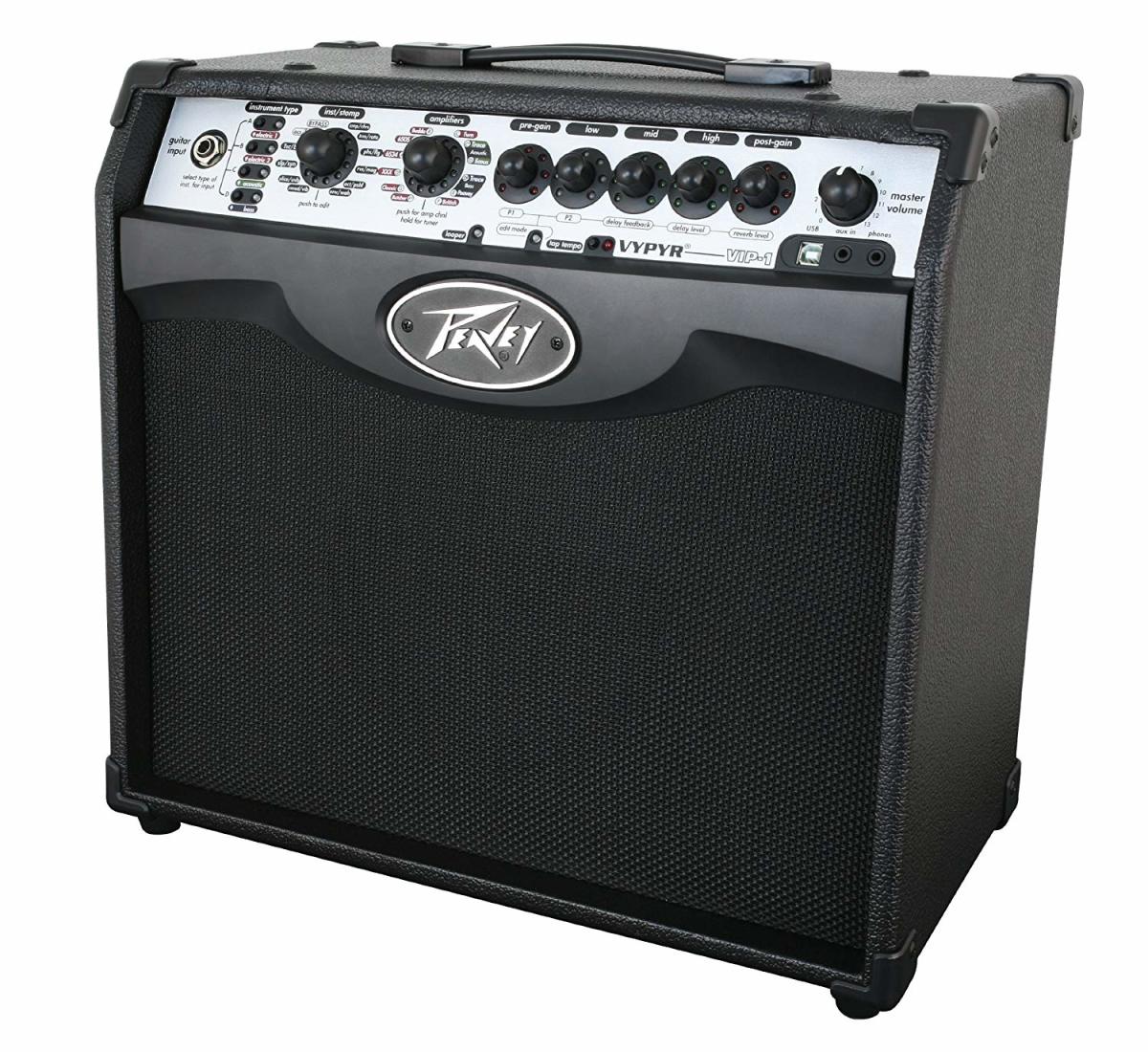
Unraveling the Sonic Mystery: Finding Your Ideal Amp
The journey to acquire that perfect amplifier? It’s akin to navigating a complex, sonic puzzle. With so many options, from those glowing tube amps to the steadfast solid-state models, and from all-in-one combos to those separate head-and-cabinet setups, it’s easy to feel lost. Don’t worry, this guide aims to brighten the path, giving you the knowledge needed for a solid choice. After all, your amp is how your instrument speaks, and a wise selection is key to achieving your desired sound. It’s more than just volume; it’s about the tone, the feel, and how well it matches your playing. So, let’s clarify things and listen to the essentials.
Before you dive into the specs, think about what you need musically. Are you a home player needing a practice amp, or a performing musician needing something powerful for the stage? What you plan to do with it changes what kind of amp you should look for. A small, easy-to-carry amp might be enough for home, while a strong, high-wattage amp is needed for live shows. Knowing your needs is the first step in narrowing down the many choices. Imagine using a powerful water jet to water a small plant – too much, and maybe a bit messy.
Also, think about the music you play. A blues player might like the warm sounds of a tube amp, while someone playing metal might prefer the sharp, high-gain sound of a solid-state amp. The amp’s sound should fit your music, so your instrument’s voice matches your art. It’s about finding that sweet spot where your instrument and amp sound great together, making a sound that’s uniquely yours. It’s similar to finding the right shoes; comfort and style must work together.
Lastly, don’t forget to try out amps in person. If you can, go to a music store and play different amps with your instrument. Listen closely to the small differences in each amp’s sound, and feel how it reacts to your playing. This hands-on experience is very important for making a good decision. After all, no amount of online research can replace the feeling of plugging in and playing. Let your ears guide you, and let the amp speak to you.
The Tale of Tube vs. Solid-State
The long-standing discussion about tube and solid-state amps still intrigues musicians. Tube amps, known for their warm, rich sounds and natural overdrive, are often loved by blues, rock, and jazz players. They react well to changes in playing, adding a natural touch to the sound. However, they can be heavy, expensive, and need regular care. Solid-state amps, on the other hand, are usually cheaper, lighter, and need less care. They offer a clean, consistent sound and are often preferred for high-gain music like metal. It’s like comparing old records to digital music; both are good, and the choice depends on what you like.
When considering tube amps, look at the types of tubes used. Preamp tubes shape the tone, while power tubes decide the output power and overall sound of the amp. Different tube combinations create different sounds. A tube amp is a bit like an old car; it needs care, but the experience is uniquely rewarding. The warmth and detail of the sound are often worth the extra effort.
Solid-state amps have improved a lot recently, with many models now offering ways to shape the tone and built-in effects. They are reliable, perfect for musicians who need consistent performance and low maintenance. Digital modeling has also made it possible for solid-state amps to sound like classic tube amps. It’s like technology getting better, where reliability meets versatility.
In the end, the choice between tube and solid-state depends on what you like and need musically. If you want the warm, natural sounds of a tube amp and don’t mind the care, it might be perfect. If you want reliability, affordability, and many sound options, a solid-state amp might be better. There’s no right or wrong answer, just the sound that speaks to you.
Combo vs. Head and Cabinet: Which Path to Take?
Another important choice is whether to get a combo amp or a head-and-cabinet setup. Combo amps combine the amp and speaker into one unit, making them easy to carry. They are good for practice, small shows, and musicians who want simplicity. Head-and-cabinet setups separate the amp from the speaker, offering more flexibility. They are often used by performing musicians who need high volume and specific sounds. It’s like choosing between a small car and a customizable truck; each has its purpose.
Combo amps come in different sizes and power levels, for different needs. Small practice amps are good for home, while larger combo amps can handle small to medium shows. They are easy to move and set up, making them popular. A combo amp is like a multi-tool; versatile and convenient.
Head-and-cabinet setups let you mix different amp heads and speaker cabinets, creating a setup that fits your needs. This flexibility is very useful for musicians who need specific sounds and high volume. However, they are larger and harder to set up. It’s like building your dream house; you have full control over the design.
When choosing a head-and-cabinet setup, make sure the amp head and speaker cabinet match in impedance. If they don’t match, you can damage your amp, so compatibility is key. Also, consider the size and speaker setup of the speaker cabinet, as these affect the overall sound and volume. A 4×12 cabinet, for example, will sound much louder and fuller than a 1×12 cabinet.
Power and Wattage: How Much is Enough?
Understanding power and wattage is important in choosing the right amp. Wattage is the amp’s output power, which affects the volume and headroom. Higher wattage amps can produce louder volumes and keep a clean sound at higher volumes. However, more wattage doesn’t always mean better sound. It’s about finding the right balance between power and sound. It’s like choosing the right engine for a car; power is important, but so is efficiency.
For home practice, a low-wattage amp is often enough. These amps can produce good volumes without being too loud, so you can practice without bothering others. For small shows and rehearsals, a mid-wattage amp is usually adequate. These amps provide enough volume to be heard without being too loud. It’s about finding the balance where you can be heard without overpowering others.
For larger shows and outdoor performances, a high-wattage amp is needed. These amps can produce high volumes and keep a clean sound at high volumes, so your instrument is heard clearly in large places. However, high-wattage amps can be expensive and large. It’s like bringing a large tool to a small task; powerful, but maybe too much.
When thinking about wattage, also think about the amp’s headroom. Headroom is the amp’s ability to keep a clean sound at high volumes. Higher headroom amps can produce a cleaner sound at higher volumes, while lower headroom amps will start to distort sooner. This is important for musicians who play clean sounds or use effects pedals. Think of it as the difference between a clear, sharp sound and a distorted, fuzzy one.
Key Features and Considerations
Beyond the basic aspects of tube vs. solid-state, combo vs. head-and-cab, and wattage, other features can affect your amp choice. These include built-in effects, EQ controls, and connection options. Built-in effects can add variety to your sound, while EQ controls let you fine-tune your tone. Connection options, like headphone outputs and auxiliary inputs, can improve your practice and recording. It’s about finding an amp that sounds good and fits into your work.
Built-in effects, like reverb, delay, and chorus, can add depth to your sound. Some amps even offer modeling effects, letting you sound like classic amps and effects pedals. However, the quality of built-in effects can vary, so try them out and make sure they are good. Think of it as adding spices to food; they can improve the flavor, but too much can ruin it.
EQ controls let you shape your tone by adjusting the bass, midrange, and treble frequencies. Some amps offer more advanced EQ options, letting you fine-tune specific frequencies. This control is very useful for musicians who want to shape their sound.

The Best Guitar Amps To Buy In 2023 15 Tube Amplifiers Riset

Amp Basic Registration

Do Good Points

41 Useful Af Products That’ll Captivate Every Practical Person

Amp Price Up 15 Is Now A Good Time To Buy Coin?
